A study from researchers at Ben-Gurion University of the Negev reveals that desert soils can emit powerful greenhouse gases within minutes of being wetted—even in the absence of microbial life.
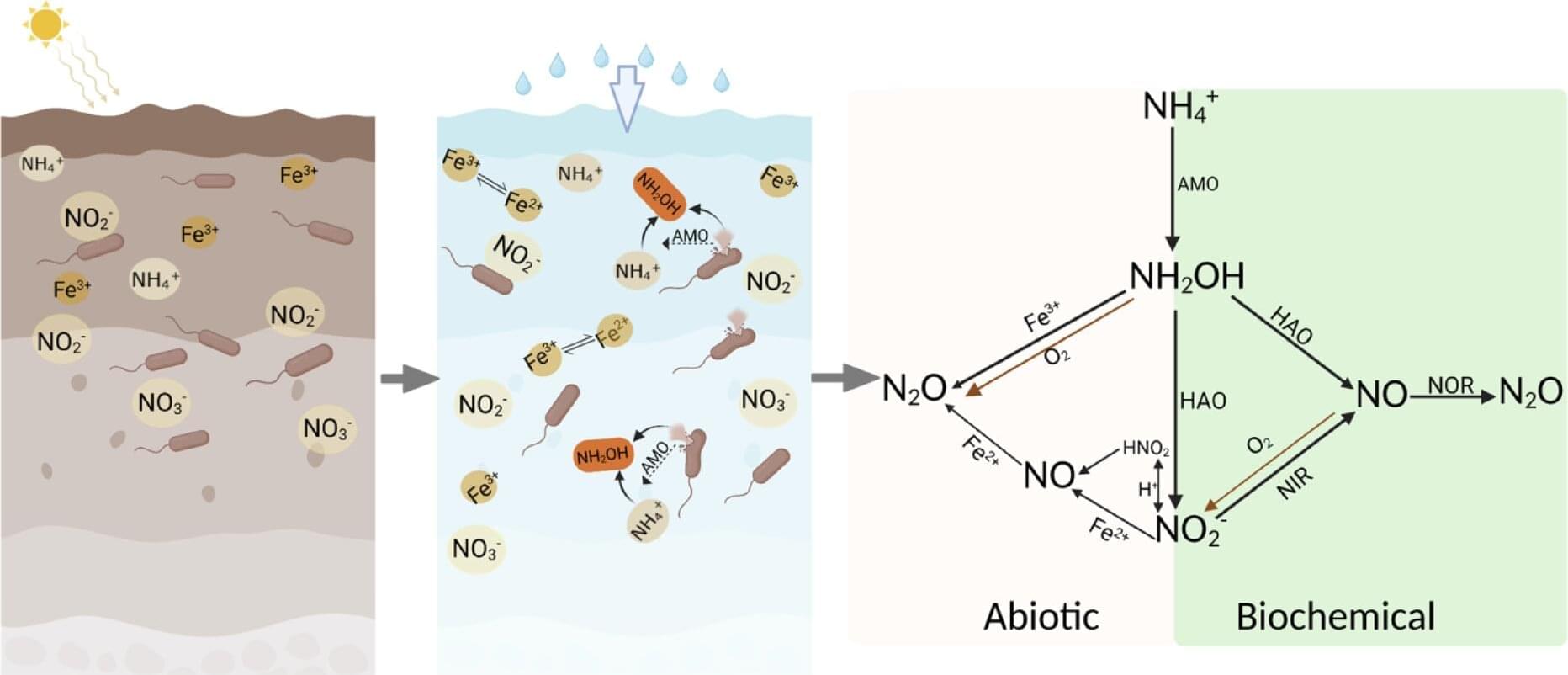

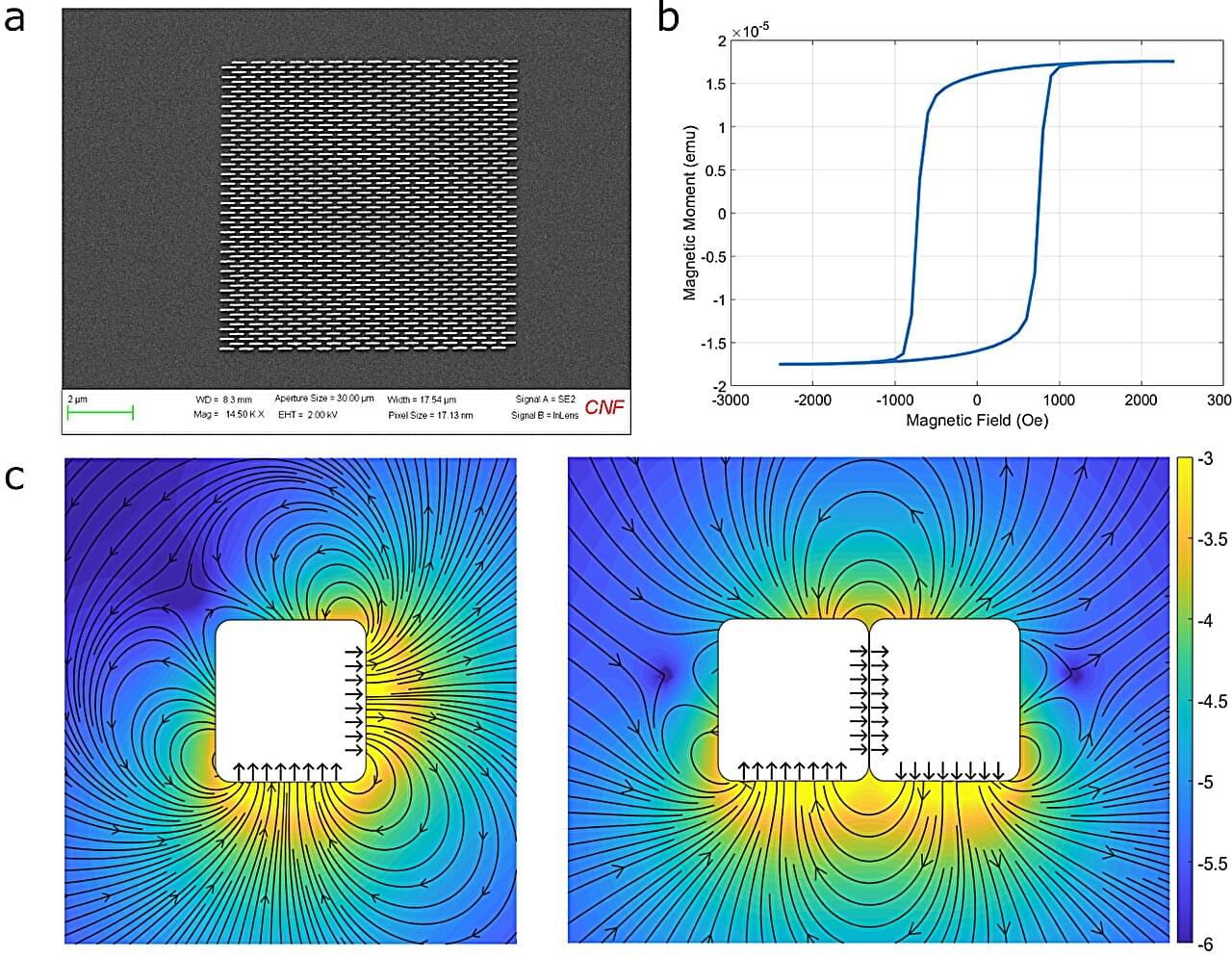
Everybody makes mistakes. Biology is no different. However, living organisms have certain error-correction mechanisms that enable their biomolecules to assemble and function despite the defective slough that is a natural byproduct of the process.
A Cornell-led collaboration has developed microscale magnetic particles that can mimic the ability of biological materials such as proteins and nucleic acids to self-assemble into complex structures, while also selectively reducing the parasitic waste that would otherwise clog up production.
This magnetic assembly platform could one day usher in a new class of self-building biomimetic devices and microscale machines.
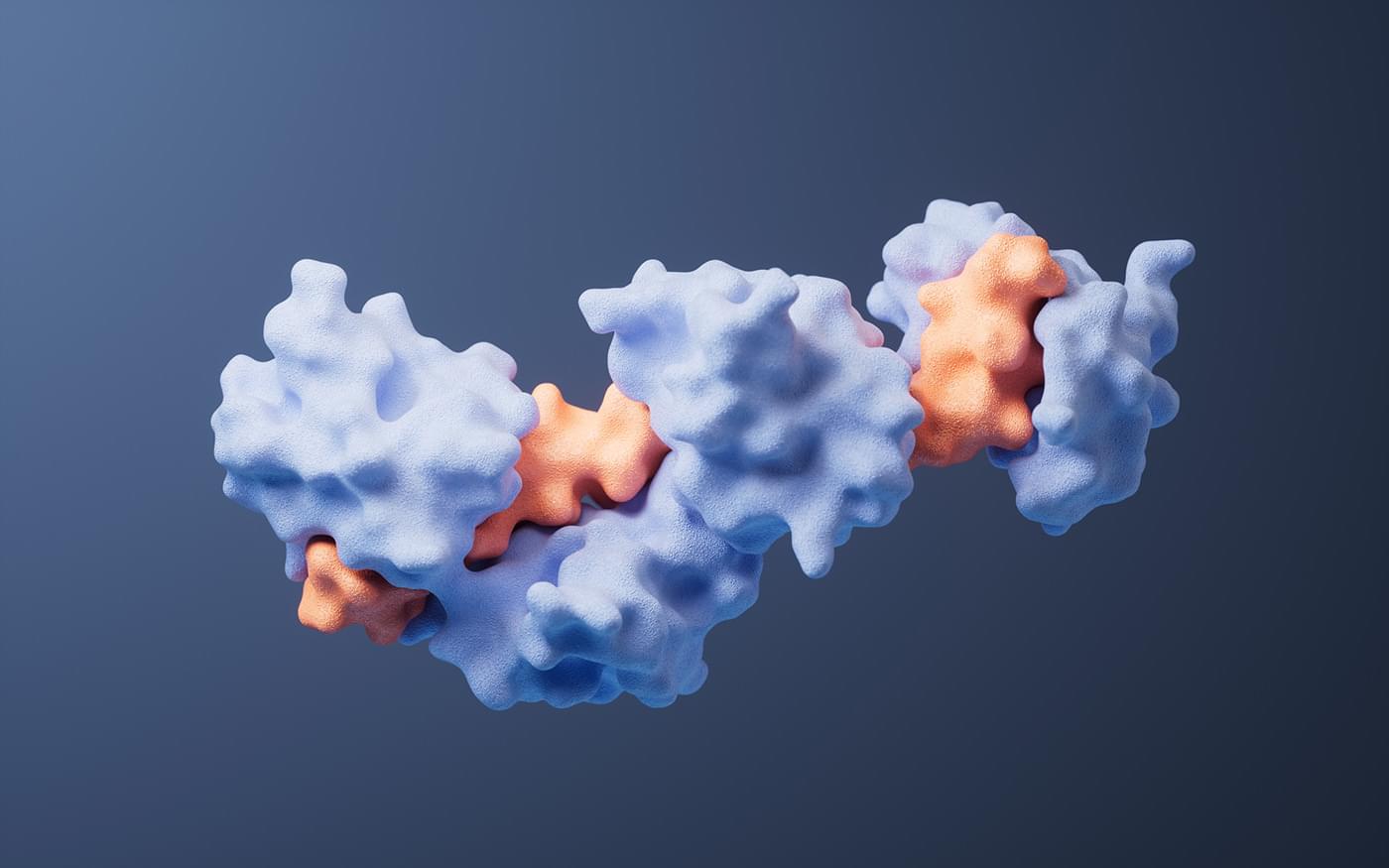
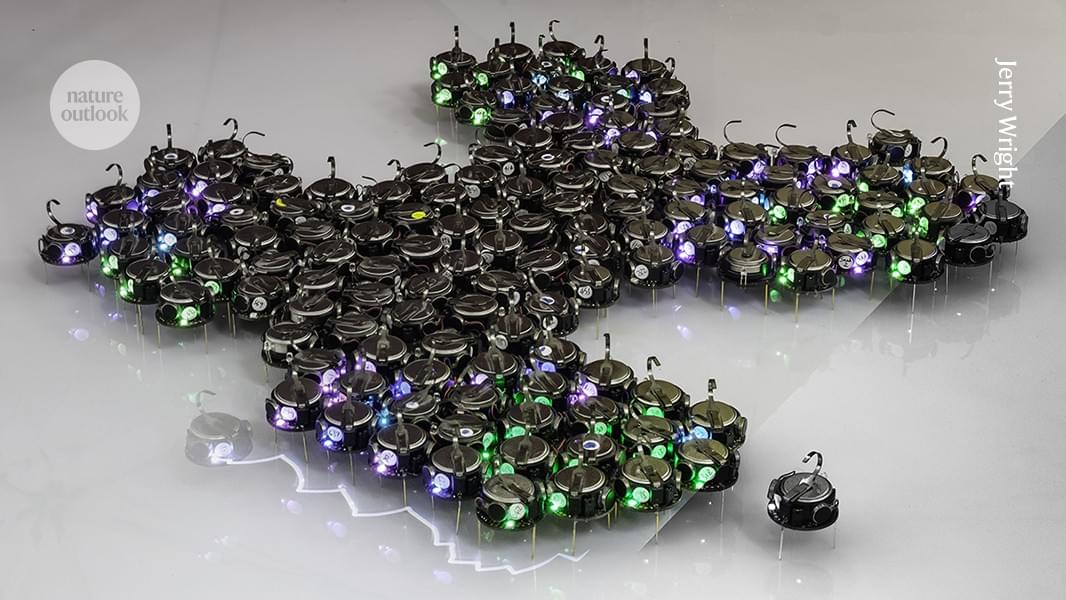
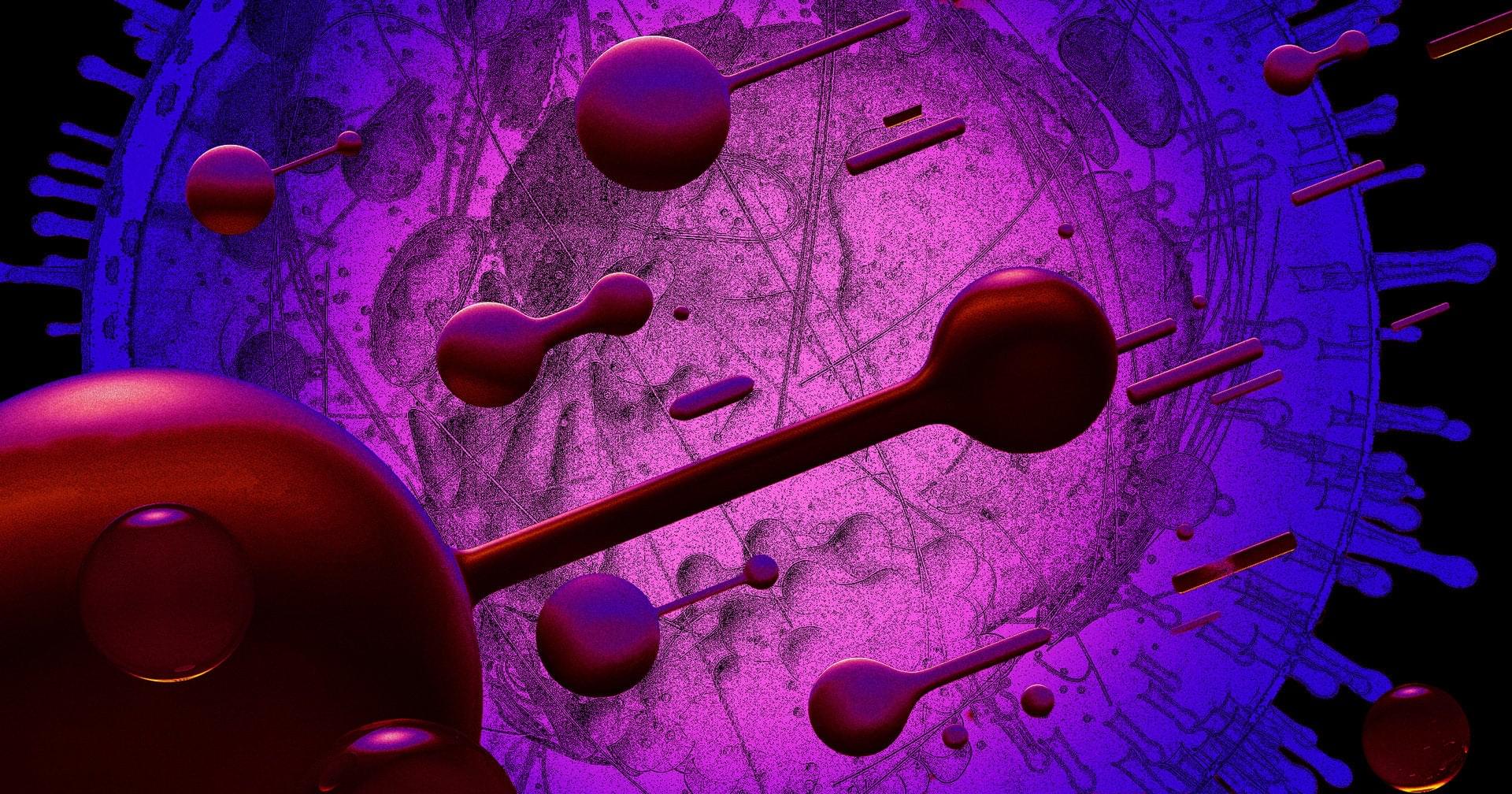

The rapid advancement of artificial intelligence (AI) and machine learning systems has increased the demand for new hardware components that could speed up data analysis while consuming less power. As machine learning algorithms draw inspiration from biological neural networks, some engineers have been working on hardware that also mimics the architecture and functioning of the human brain.
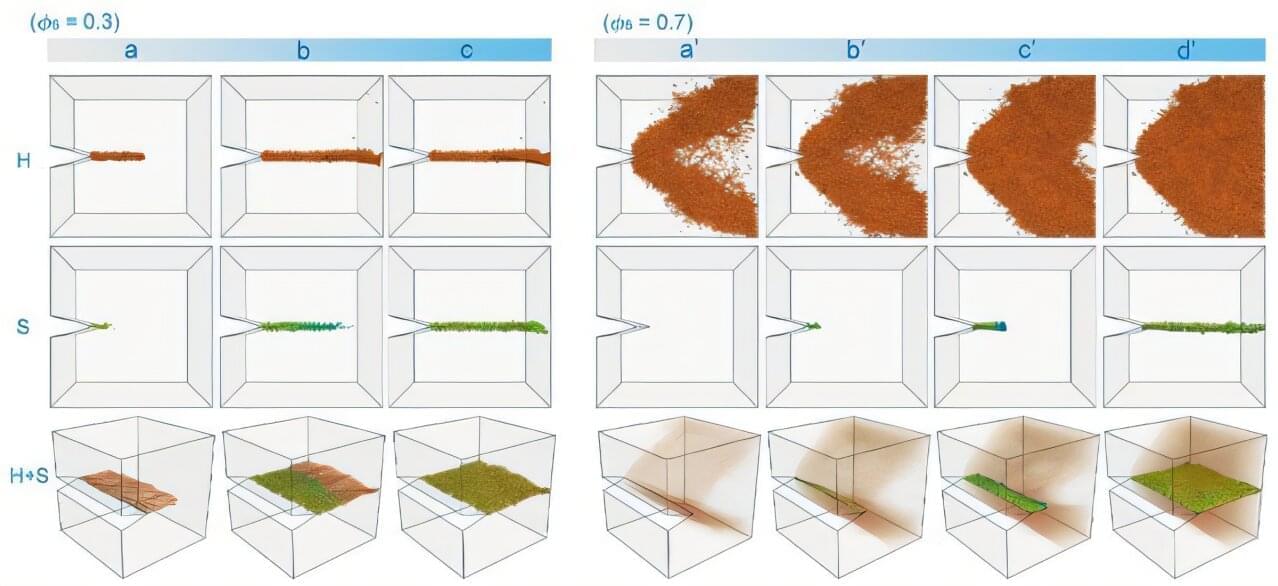
Engineers have long grappled with a fundamental challenge: creating materials that are both strong and tough enough to resist deformation and prevent fractures. These two properties typically exist in opposition, as materials that excel in one area often fail in the other.
Nature, however, has elegantly solved this trade-off in biological materials like bone, teeth, and nacre, which strategically combine soft and hard components in multi-layered architectures. These blueprints have inspired scientists to develop artificial soft–hard composites—from advanced dual-phase steels to specialized gels and reinforced rubbers—that demonstrate performance exceeding that of their individual components.
While artificial soft–hard composites have shown impressive performance in laboratory tests and real-world applications, the fundamental mechanisms behind their enhanced properties remain largely unclear. The inherent complexity of these materials, encompassing nonlinear behaviors, intricate internal structures, and multi-scale interactions, has made it difficult to isolate the essential design principles.

An incredible breakthrough brings quantum-scale precision sensing to living biological systems.
JMP offers a 30-day free trial for anyone, anywhere. Go to https://www.jmp.com/scishow to see the benefits of visual statistics for yourself.
Rocky bodies like moons, asteroids, and comets are chock full of resources, from water, to helium-3, to rare earth elements. But how can we access them? Some scientists have proposed using microbes to aid in the mining of certain metals.